+91 9051055011 | +91 8969336262
info@meandmountain.com
Available date:
31-01-2025
CUSTOMIZED:
Fees based on the final number of participants. Kindly contact +91-9051055011/ +91-8969336262 for the further detail before proceeding for the payment.
You will be directed to the secured payment gateway on clicking the button.
[trustindex no-registration=google]
![]() Location: Tanzania, Africa
Location: Tanzania, Africa
![]() Duration: 7 Days/ 6 Nights
Duration: 7 Days/ 6 Nights
![]() Trek gradient: Moderate to Difficult
Trek gradient: Moderate to Difficult
![]() Maximum Altitude: 5,895 m (19,341 ft) above sea level
Maximum Altitude: 5,895 m (19,341 ft) above sea level
![]() Pickup/ Drop Point: Kilimanjaro airport
Pickup/ Drop Point: Kilimanjaro airport
![]() Temperature: 21 – 27°C (base of the mountain), -7°C (summit)
Temperature: 21 – 27°C (base of the mountain), -7°C (summit)
![]() Customized fees: Fees based on the final number of participants. Kindly contact +91-9051055011/ +91-8969336262 for the further detail before proceeding for the payment.
Customized fees: Fees based on the final number of participants. Kindly contact +91-9051055011/ +91-8969336262 for the further detail before proceeding for the payment.
![]() Group discount: Additional $100/- OFF for each participant if booked for a group of 5 or more (booking to be made together)
Group discount: Additional $100/- OFF for each participant if booked for a group of 5 or more (booking to be made together)
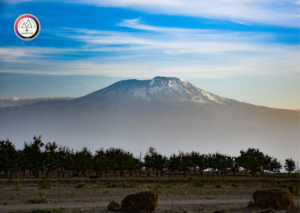

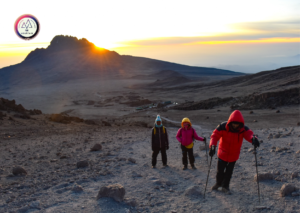
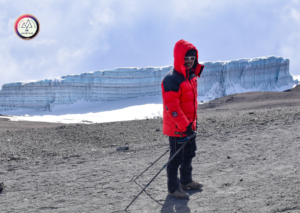
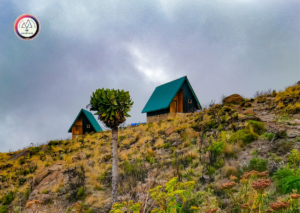
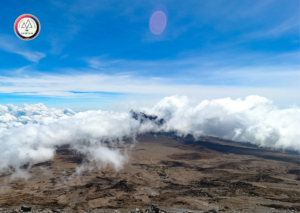
It is said that to climb up Kilimanjaro is to walk through four seasons in four days. Thanks to the vast variety of flora one encounters during the trek.
Be prepared to experience a variety of eco-systems during Kilimanjaro trek: Tropical jungle, Savannah desert, Montane forest, Subalpine and Alpine vegetation…..all in one trek….!!!
The variety of flora found on Kilimanjaro can be ascribed in part to the mountain’s tremendous height and in part to its proximity to both the equator and the Indian Ocean.
Natural forests cover about 1,000 square kilometres (250,000 acres) on Kilimanjaro.

Montane forest zone: Impatiens kilimanjari (semi-official ’emblem’ of Kilimanjaro; also known as the ‘elephant’s trunk flower’),Viola eminii, Impatiens pseudoviola

Grasses dominate this zone. Protea kilimandscharica, Kniphofiathomsonii (aka Red-hot poker) are some of the plantations in this zone.



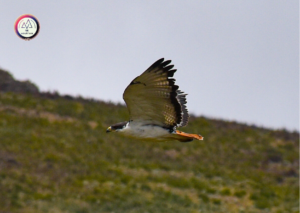
Large animals are rare on Kilimanjaro and are more frequent in the forests and lower parts of the mountain.
Elephants and Cape buffaloes are among the animals that can be potentially dangerous to the trekkers.Giraffes have been known to wander onto the lower slopes. Bushbucks, Chameleons, Dik-diks, Duikers, Mongooses, Sunbirds, Warthogs,Bush pig (with its distinctive white stripe running along its back from head to tail),Honey badger (most powerful and fearless carnivores for their size in Africa),Aardvark (entirely benign as aardvark never killed anyone) are also found here.
Zebras, leopards and hyenas have been observed sporadically on the Shira plateau.
Specific species associated with the mountain include the Kilimanjaro shrew and the Chameleon-Kinyongiatavetana,Blue monkey (Cercopithecusmitis).The blue monkeys, which appear frequently near the Mandarahuts are not actually blue but grey or black with a white throat.
Four-striped grass mouse are frequently spotted in Horombo Huts on the Marangu Route.Other rodents present are Harsh-furred and climbing mouse and Mole rat, though rarely seen.
One is much more likely to experience the array of birds on Kilimanjaro from Malachite sunbirds to Mountain buzzards and even Crowned Eagles. Bird-lovers look for:noisy dark green Hartlaub’sturaco (bright red under-wings when it flies), silvery-cheeked Hornbills, speckled Mousebirds, Trogon,Ruppell’s robin chat (black and white head, grey top, orange lower half), common Bulbul (with a black crest and yellow beneath the tail).Don’t miss the most beautiful bird on this mountain- dazzling scarlet-tufted Malachite sunbird.
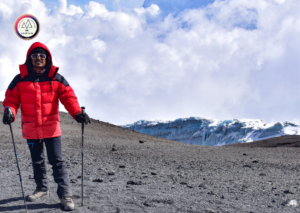
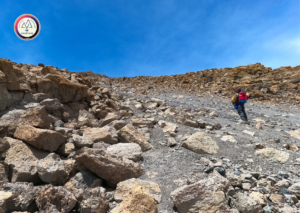


After arrival at the Airport our guide will transfer you to the Hotel which is found on the foothill of Mt. Kilimanjaro, after check inn you will have tour briefing and equipment check if you will miss some of them he will take you to rent the missing gears when everything clear you will take a rest for next day adventure.
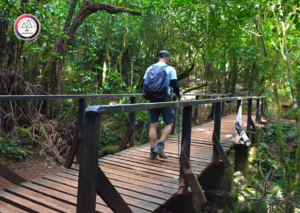
After breakfast and briefing, drive to the Kilimanjaro National Park Gate (about 1 hour), register and commence the climb. Walk through the rainforest to the Mandara encampment. A side trip to Maundi Crater is a good way to see the surroundings including Northern Tanzania and Kenya. In the rainforest, look for towering Eucalyptus trees, bird life, and Colobus monkeys.
Elevation: 1860m/6100ft to 2700m/8875ft
Distance: 8km/5mi
Hiking Time: 3-4 hours
Habitat: Montane Forest
Meals: Lunch, Dinner

You leave the glades of the rain-forest and follow an ascending path on the open moorlands to the Horombo encampment. Views of Mawenzi and the summit of Kibo are amazing. Look for giant lobelias and grounsels. You may begin to feel the effects of the altitude.
Elevation: 2700m/8875ft to 3700m/12,200ft
Distance: 12km/7.5mi
Hiking Time: 5-6 hours
Habitat: Heath land
Meals: Breakfast, Lunch, Dinner
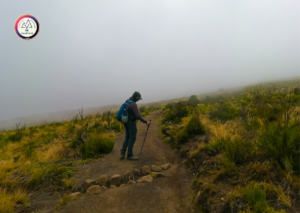
Ascending, we now pass the last watering point, walking onto the saddle of Kilimanjaro between the peaks of Kibo and Mawenzi. Vegetation begins with upper heath land but then disappears into “moonscape”. Dinner, rest, and prepare for summit climb.
Elevation: 3700m/12,200ft to 4700m/15,500ft
Distance: 9km/5.5mi
Hiking Time: 5-6 hours
Habitat: Alpine Desert
Meals: Breakfast, Lunch, Dinner
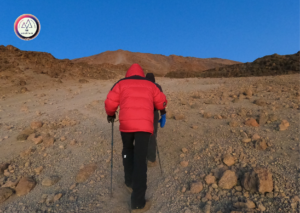
Very early in the morning (midnight to 2 am), commence the climb to the summit on steep and heavy scree or snow up to Gilman’s point located on the crater rim. Continuing, we now ascend to Uhuru Peak, which is the highest point in Africa. There are unbelievable views at every turn. Have your picture taken at the summit to show your friends and family. From here we descend, stopping for lunch and a rest at Kibo before continuing on to the Horombo encampment.
The beginning of this climb is done in the dark and requires headlamps or flashlights. It will be very cold until you start descending, so you will need all of your warm layers. This is by far the
most difficult part of the trek with many switchbacks. Going slowly “pole pole” and an optimistic attitude will get you there!
Elevation: 4700m/15,500ft to 5895m/19,340ft
Down to: 3700m/12,200ft
Distance: 6km/4mi up / 15km/9mi down
Hiking Time: 6-8 hours up / 15km/9mi down
Habitat: Alpine Desert
Meals: Breakfast, Lunch, Dinner
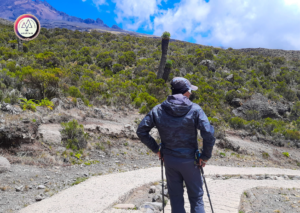
After breakfast, a steady descent takes us down through moorland to the Mandara Hut. Continue descending through lush forest path to the National Park gate at Marangu. At lower elevations, it can be wet and muddy. Gaiters and trekking poles will help. Shorts and t-shirts will probably be plenty to wear (keep rain gear and warmer clothing handy).
A vehicle will be waiting for you at Marangu gate to drive you back to your hotel in Moshi (about 1 hour).
Elevation: 3700m/12,200ft to 1700m/5500ft
Distance: 20km/12.5mi
Hiking Time: 4-5 hours
Habitat: Forest
Meals: Breakfast
The driver will transfer you to the airport to board your flight in the morning OR if you have more days don’t hesitate to contact us for organiing Jungle safari for you.
Kilimanjaro airport
Kilimanjaro airport
WhatsApp us
